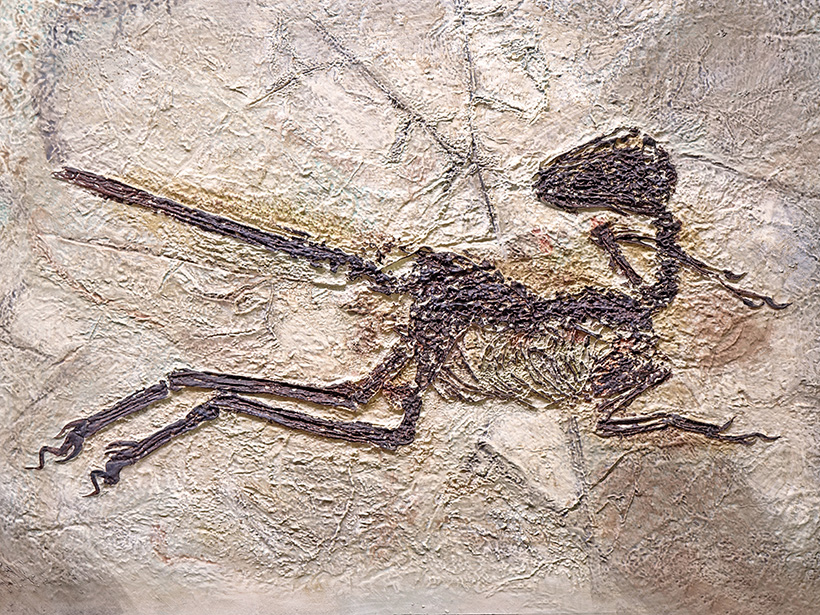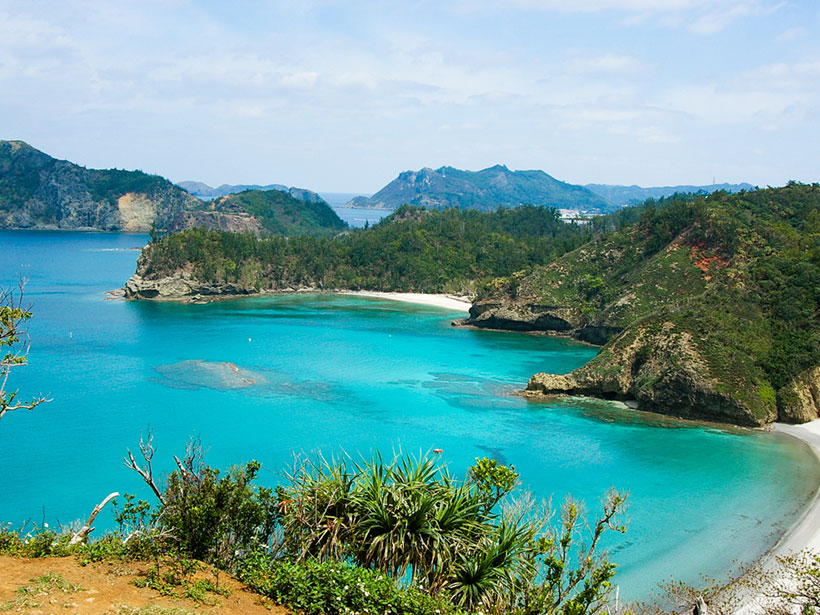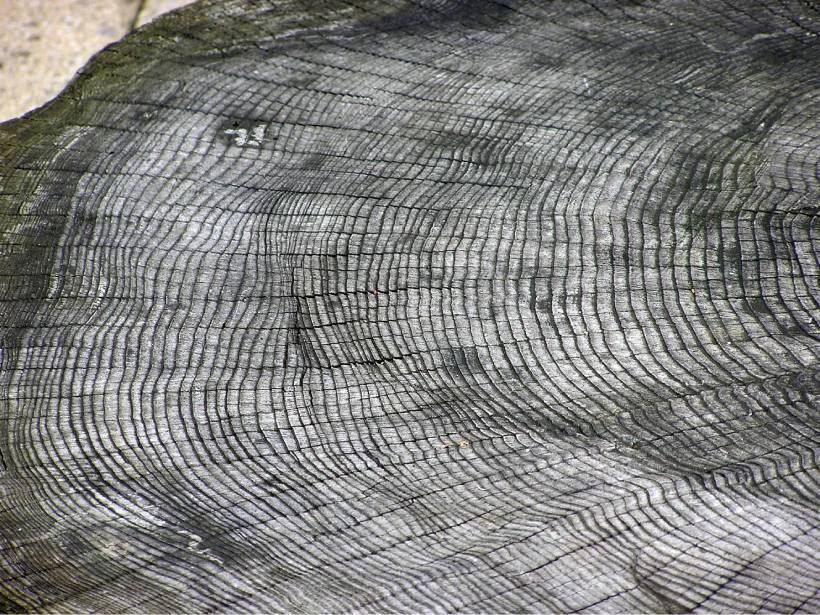A new study found that the Jehol Biota had chilly temperatures and high altitudes when feathered dinosaurs roamed the slopes.
Geophysical Research Letters
Tibetan Plateau Lakes as Heat Flux Hot Spots
Freshwater lakes on the highest plateau in the world act like lenses that accumulate heat from the intense solar radiation, accelerating ice cover melt and affecting land-atmosphere fluxes.
First Report of Seismicity That Initiated in the Lower Mantle
A 4D back-projection method revealed that aftershocks of the 2015 earthquake beneath the Ogasawara (Bonin) Islands occurred as deep as about 750 kilometers.
Ice Lenses May Cause Many Arctic Landslides
When permafrost thaw reaches concentrations of ice underneath the surface, it may trigger local soil instability.
树木年轮显示了最新发现的极端太阳活动事件记录
对树木年轮物质的光谱分析表明,碳-14浓度在一年内急剧上升,这与发生在公元前5410年左右的极端太阳高能粒子事件相一致。
Irtysh River Drove Arctic Sea Ice Expansion 3 Million Years Ago
The Siberian river’s creation caused a massive influx of fresh water into the Kara Sea and radically changed the Arctic Ocean and Earth’s climate.
Tropical Cyclone Induced Increase in Ocean Primary Production
A positive trend in tropical cyclone induced ocean mixing and primary production is compensating the overall decline in global primary production due to anthropogenic climate change.
Tree Rings Show Record of Newly Identified Extreme Solar Activity Event
Mass spectroscopy of tree ring material indicates a sharp, single-year rise in carbon-14 concentrations consistent with an extreme solar energetic particle event that occurred around 5410 BCE.
Hydrothermal Vents May Add Ancient Carbon to Ocean Waters
Data from a long-distance research cruise provide new insights into carbon cycling in the eastern Pacific and Southern Oceans.










